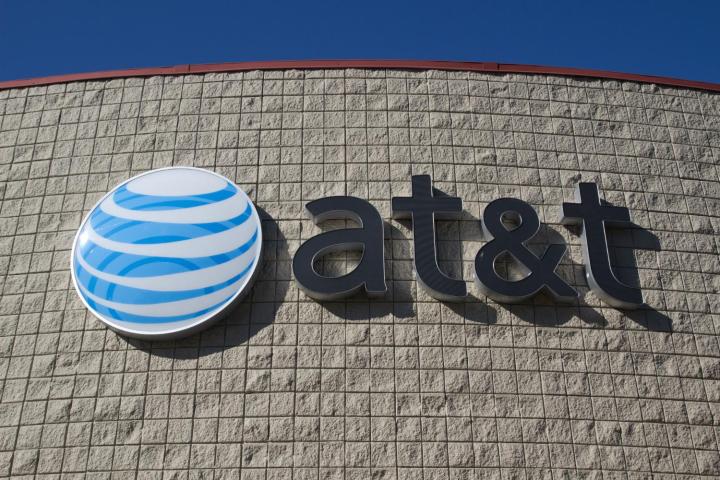
AT&T’s Next plans don’t require a contract, but users must pay for their smartphones in full over a series of months instead of getting the device at a subsidized price. Depending on how many monthly installments you agree to and the overall price of your new phone, you’ll have to pay a certain amount toward owning the device in addition to your monthly smartphone bill. Some customers prefer to get it over with quickly and sign up for higher monthly payments, but others want to pay less each month, even if it takes longer to pay the phone off. AT&T’s Next 24 plan is intended for those who want to pay less each month and don’t mind spending more than two years making monthly payments.
The new plan is called Next 24 because it allows users to upgrade to a new device after 24 months of using the device. All of AT&T’s Next plans follow this confusing naming convention, in which the plan is named after the number of months it takes before you’re allowed to upgrade to a new phone instead of the number of monthly payments you must make until the device is paid off in full. As such, the Next 12 plan takes 20 months to pay off, the Next 18 plan takes 24 months, and the Next 24 plan takes 30 months.
The Next 24 plan will be available to any would-be AT&T customers as of November 9. If you’re curious about how AT&T’s Next plans compare to those from T-Mobile, Verizon, and Sprint, check out our family plan comparison article.
Editors' Recommendations
- AT&T now makes you pay even more for its fastest 5G speeds
- 7 smartphones coming out in 2024 I can’t wait for
- Nothing Phone 2 confirmed to get a major upgrade you can’t see
- No joke: Twitter is taking away your blue check on April 1, unless you pay
- I can’t get over how insane this $40,000 Web3 smartphone is


